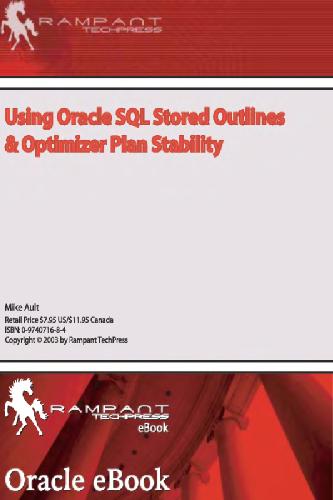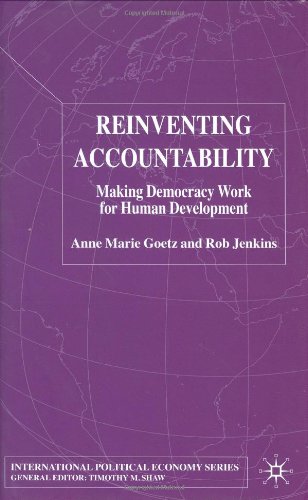- 2 402 202 книги
- Поиск
libcats.org









Laurence - Roman Pompeii
Ray Laurence.Pompeii, destroyed in AD 79, provides exceptional archaeological data. This work examines the archaeological evidence in the light of recent work by archaeologists and historians, and using innovative techniques derived from the disciplines of geography, architecture and the social sciences. The author treats Pompeii as a city rather than as a series of archaeological fragments, emphasizing the relationship between social action and urban space. This text provides a full account of the development of public buildings and brings the city to life by locating individual neighbourhoods, places of work and areas where leisure activities took place. It stresses that Pompeii was a social product of Roman society and attempts to explain its development. The evidence provided is used to enhance our understanding of classical cities in general and of the workings of the ancient economy.
EPUB | FB2 | MOBI | TXT | RTF
* Конвертация файла может нарушить форматирование оригинала. По-возможности скачивайте файл в оригинальном формате.
Популярные книги за неделю:

Проектирование и строительство. Дом, квартира, сад
Автор: Петер Нойферт, Автор: Людвиг Нефф
Размер книги: 20.83 Mb

Система упражнений по развитию способностей человека (Практическое пособие)
Автор: Петров Аркадий НаумовичКатегория: Путь к себе
Размер книги: 818 Kb

Сотворение мира (3-х томник)
Автор: Петров Аркадий НаумовичКатегория: Путь к себе
Размер книги: 817 Kb

Радиолюбительские схемы на ИС типа 555
Автор: Трейстер Р.Категория: Электротехника и связь
Размер книги: 13.64 Mb
Только что пользователи скачали эти книги:

Using Oracle Sql Stored Outlines & Optimizer Plan Stability
Автор: Mike AultКатегория: Oracle
Размер книги: 159 Kb

Institutions, Institutional Change and Economic Performance
Автор: Douglass C. North
Размер книги: 6.65 Mb

To Lead the World: American Strategy after the Bush Doctrine
Автор: Melvyn P. Leffler, Автор: Jeffrey W. Legro
Размер книги: 910 Kb

Reinventing Accountability: Making Democracy Work for Human Development (International Political Economy)
Автор: Anne-Marie Goetz, Автор: Rob Jenkins
Размер книги: 744 Kb

Sticks & Stones
Автор: Urban Madeleine, Автор: Roux AbigailКатегория: fiction
Размер книги: 1.29 Mb




